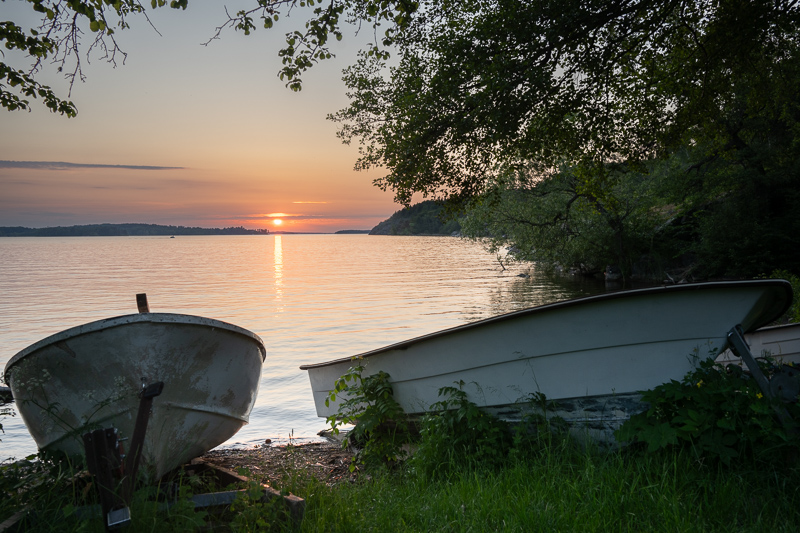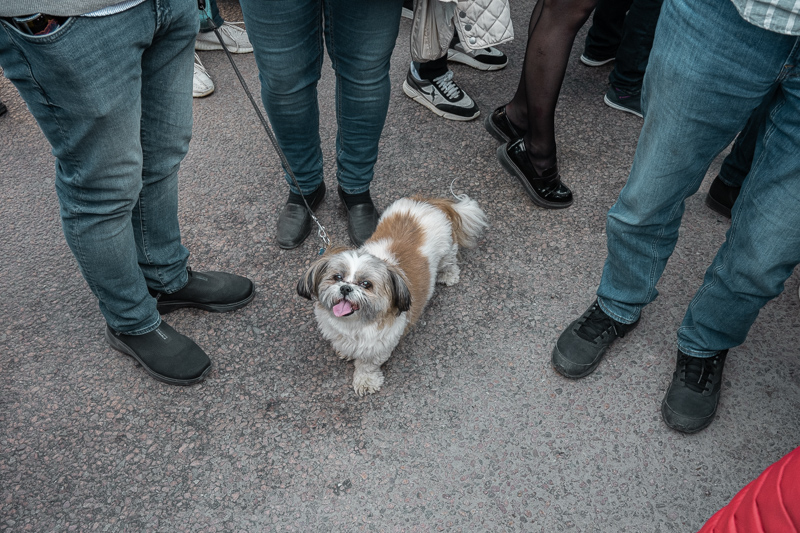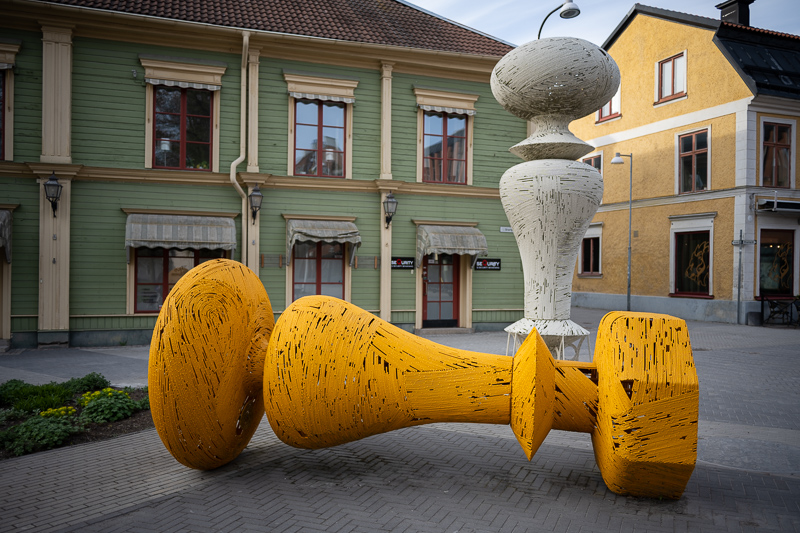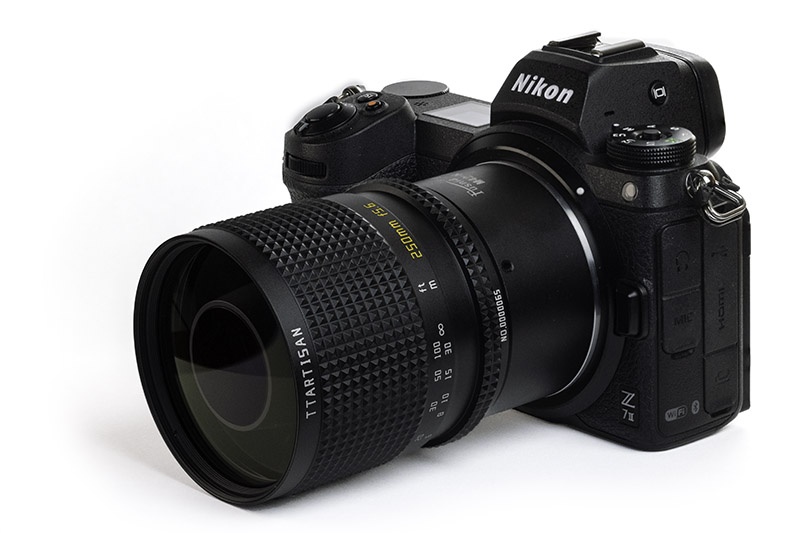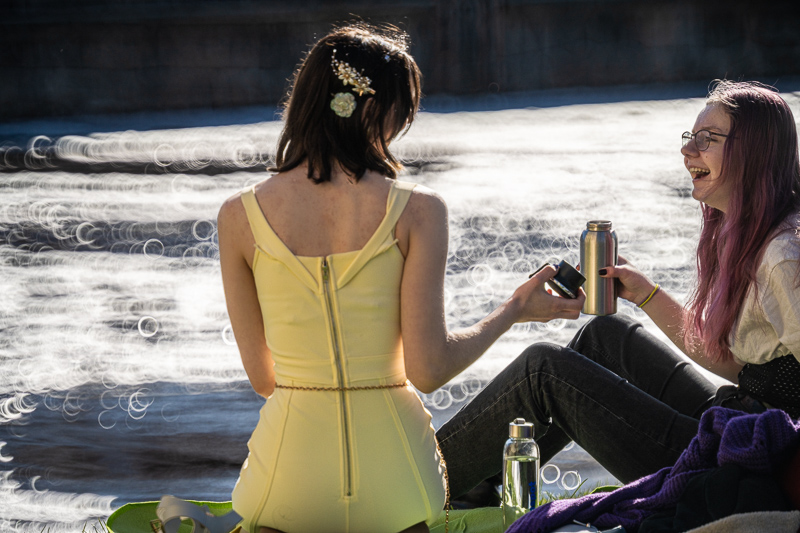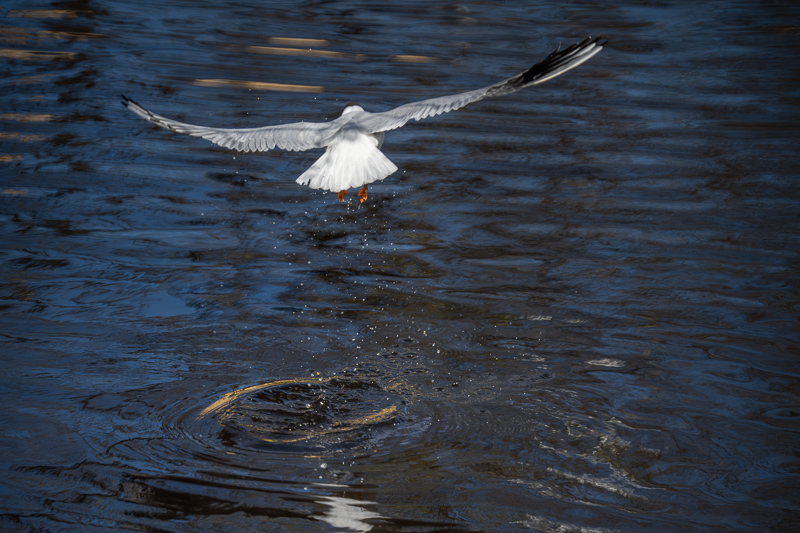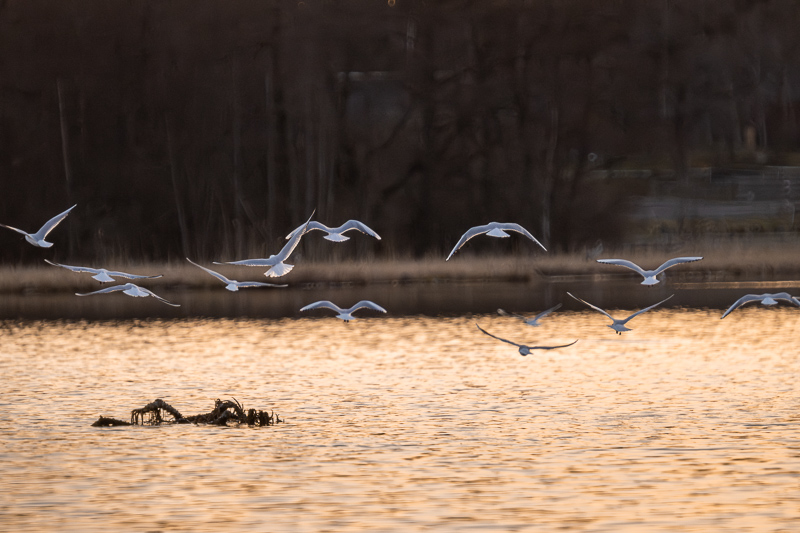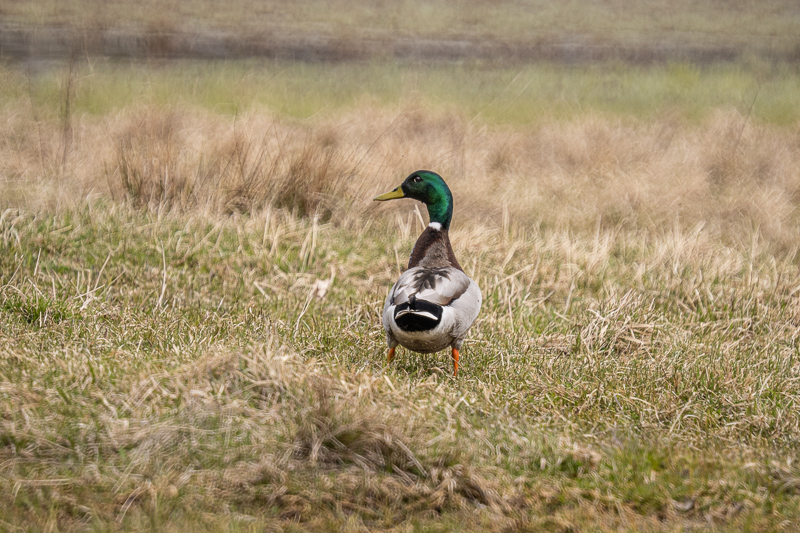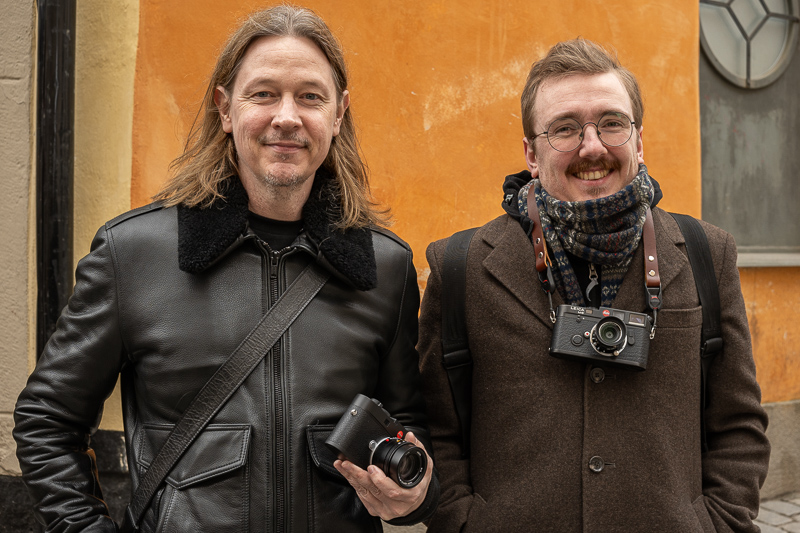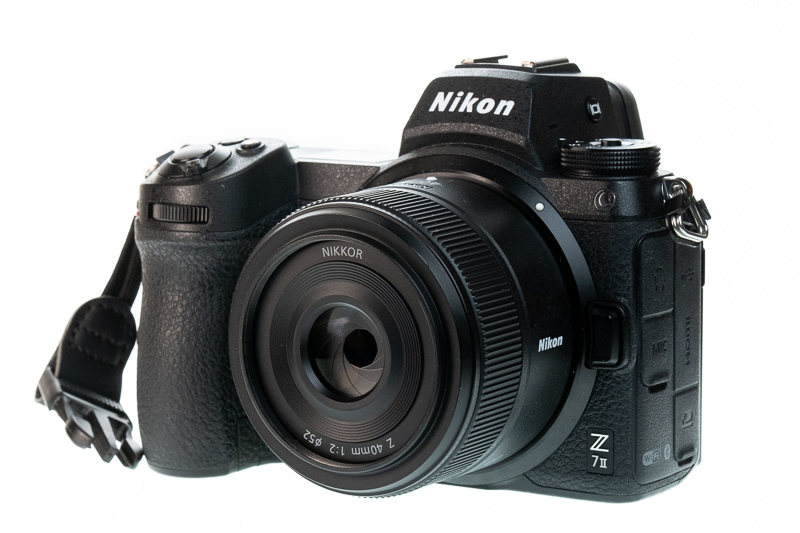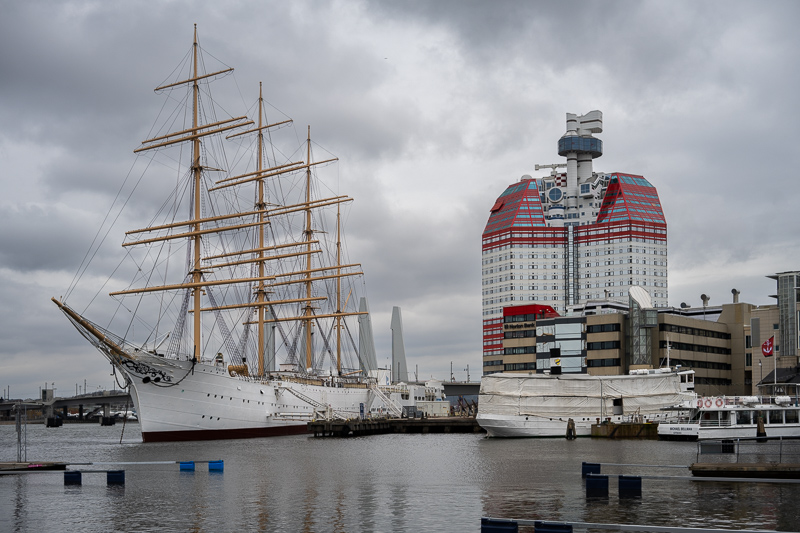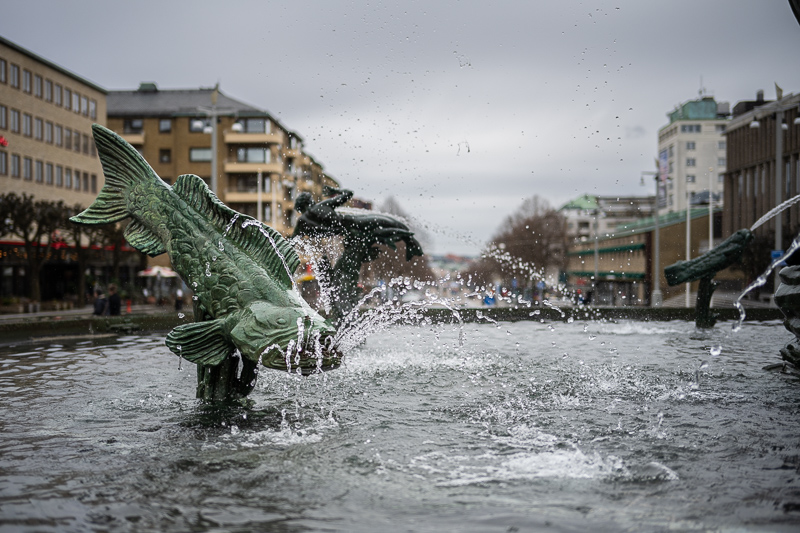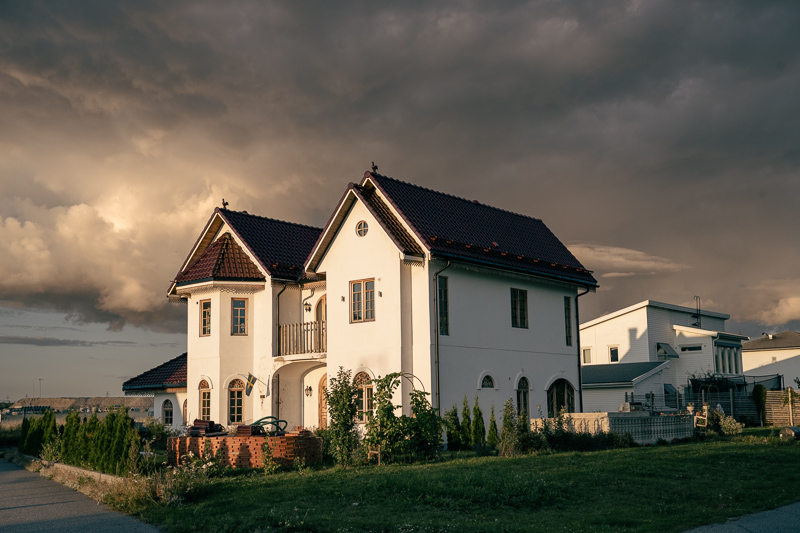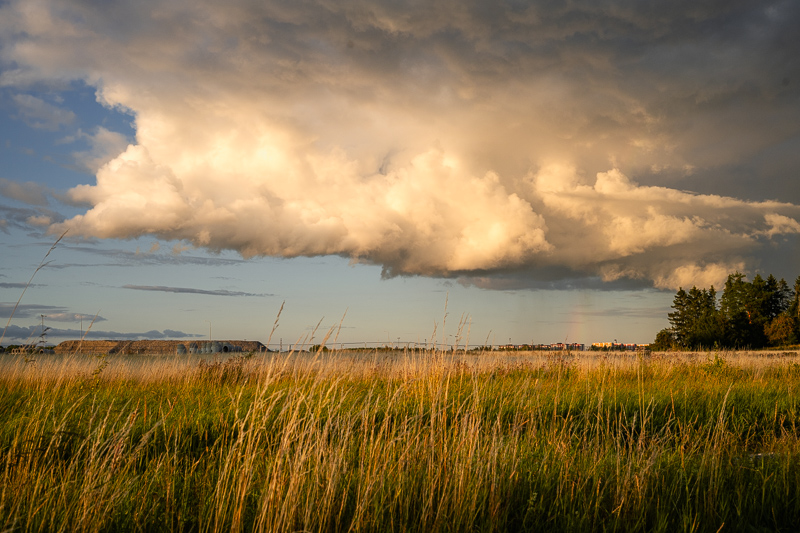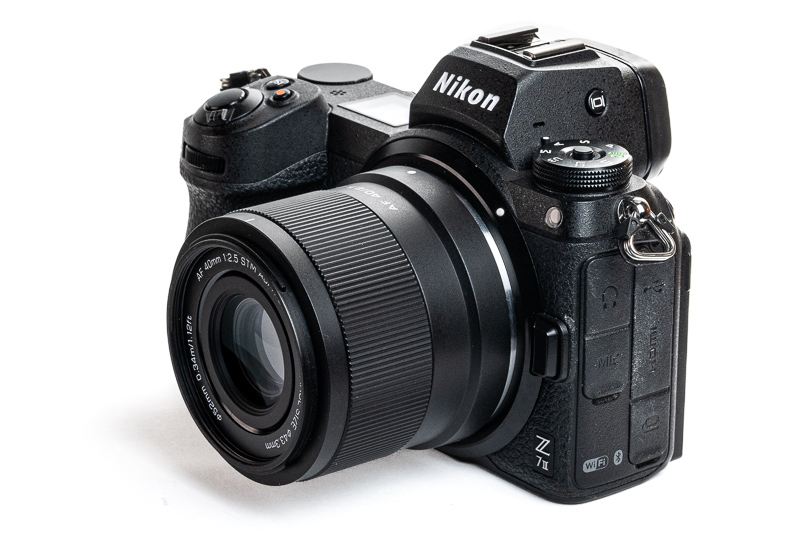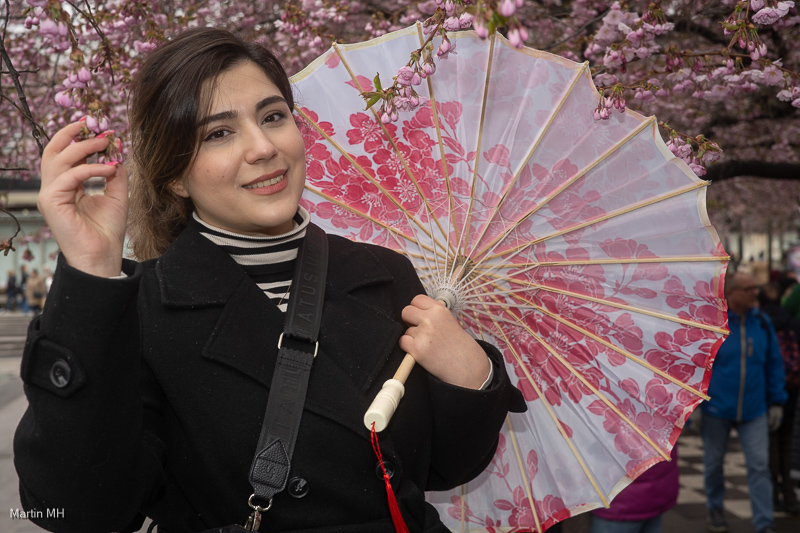Introduction

Nikon Z 28/2.8 has the classic focal length for candid street work and is a very compact lens. In fact, it is one of the smallest and lightest Z prime lenses for fullframe cameras. It can be fitted on an APS-C camera as a prime standard lens, which will have the equivalent focal length of 42mm, my favorite standard focal length. It is also one of Nikon’s most affordable Z lenses for fullframe cameras. Note that it is not an S series lens. Let’s see how it performs!
![]() This lens was tested on Nikon Z 7II with its 46 Mp sensor.
This lens was tested on Nikon Z 7II with its 46 Mp sensor.
![]() You can see this review as a Youtube video here.
You can see this review as a Youtube video here.
Hereafter, for ease of writing, I will use Nikon’s designations for fullframe (FX) and APS-C (DX).
Sample Images
